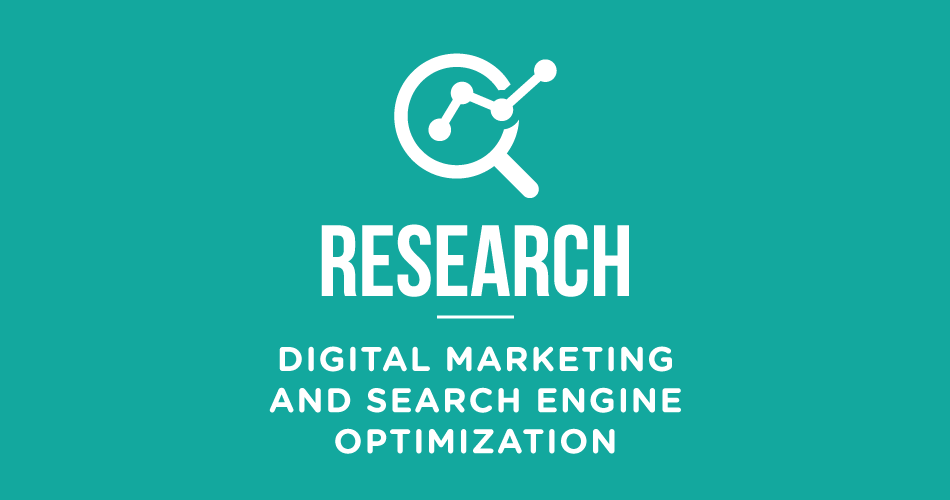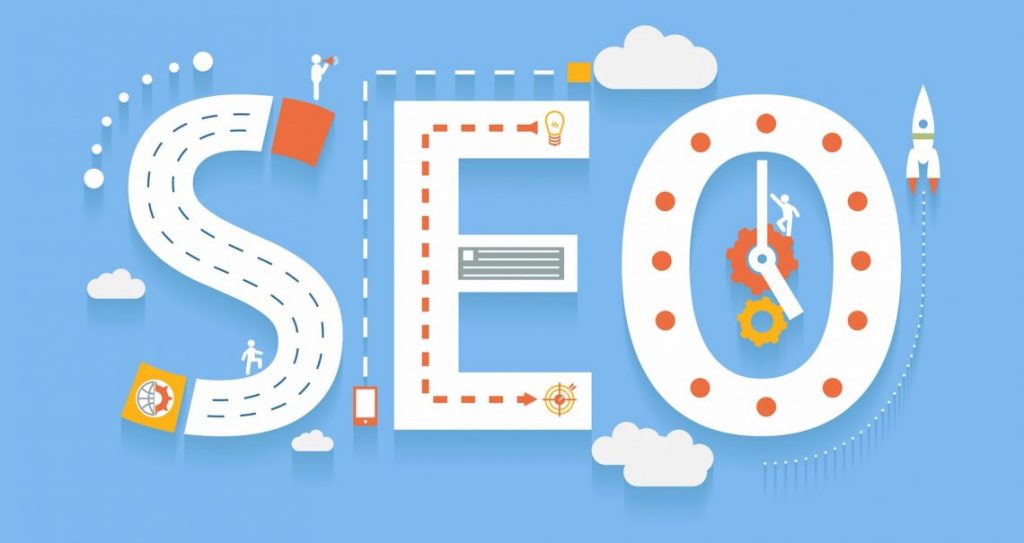The digital age has reshaped virtually every aspect of human life and quite naturally, business was not left behind either in this race for optimal and maximum digitalization.
Marketing as an integral component of modern-day business has also entered its digital age to benefit from the fast information transfer that is re-defining marketing procedures at a very fundamental level each and every passing day. Internet’s addition to the era of digitalization has given birth to numerous new fields of marketing such as guerilla marketing, SEO marketing and content marketing which have all managed to create varying levels of activity in the world of business and marketing.
Consumers and your average individual have not been left out of this evolution – social media marketing has proven to be a powerful tool in today’s marketing landscape.
Social media influencers engender trust
Influencers and bloggers are backed by their credibility and are able to push sales or bring publicity and exposure. Brands, regardless of whether big or small, can benefit from collaborating or engaging an online personality to talk about or write about their company and product.
However, regardless of the different name or type of such procedures or schemes, internet search engines, as some of the most basic yet utile components of the world of internet, are always utilized in the process of introducing and promoting products or services. Search Engine Optimization, therefore, has become a significant field of interest and activity for millions of active internet users ever since companies such as Google, Yahoo and Yandex began to break records in terms of internet traffic and advertisement revenue/profit. As digital marketing continues to dominate the modern business world through its efficient and profitable applications, SEO and related procedures will also develop into more sophisticated and functional forms and versions of themselves to help marketers, companies and customers achieve the highest level of satisfaction from the businesses they are involved in.
Jason DeMers in his article for Forbes Magazine, reports on the ways SEO procedures will change for the better in the near future to inform his readers about which aspects and dimensions to pay attention to. DeMers forecasts that video and image searches will drastically improve as human online presence is already becoming more visualized every passing day.
Similarly, Google’s utile application “Knowledge Graph” will dominate internet searches meaning that the previously placed user entries, which can be manipulative and misleading at times, will be replaced by Google approved answers.
Voice search options will surely be utilized more as more smart speakers are sold to the public to make customers’ lives easier while individual customization of internet searches will change the search engine rankings significantly as Google is imposing such customization for all of its users.
As machine learning will bring an end to traditional algorithm updates for these search engines due to efficiency and security-related reasons, the SEO procedures will expand beyond the typical search engines (Google, Yahoo, Yandex, Bing, etc.) into the domain of other internet giants such as Amazon and Ebay.
For concluding remarks, DeMers infers that hyperlocal search results will become more important for users, marketers and companies alike because they will provide more specific and utile data for personal or corporate use.
All in all, these trends for the SEO business will surely bring about a lot more innovation in the near future for the users to enjoy, the marketers to employ and the companies to profit from.
Driving a new way of customer conversions
Gabriel Shaoolian for the Huffington Post reports on numerous new innovations for digital media and marketing to explain to his readers what to expect from the near future. Shaoolian connects business success in the modern age with the capability to understand and utilize such innovations and technologies to create brands and projects out of customer demand. Specifically speaking, the author refers to “In-Store Conversions” as a great method of connecting online and offline presence of a brand using smartphone technology.
This specific method enables stores and shops to keep track of their customers and their demand types to be able to transfer information about such customers between different stores while tracking such customers to offer them discounts, promotions or information when they are close to or in the store.
Shaoolian then refers to “Cross-Device Ad Serving” which is an act of using the above-mentioned information to display advertisements on a multitude of different user devices such as TVs, desktop and laptop computers, tablets and other hand-held/portable devices. Thanks to this technology, customers are literally bombarded with content they would like to see or hear which helps the companies build stronger and more efficient brand images in their eyes and minds.
Similarly, the author speaks of “Cross Device Tracking and Attribution” as a great method of comprehending, monitoring and utilizing customer preferences with respect to gadgets or channels of preference to be able to reach out to such customers more efficiently. This feature not only increases marketing efficiency but also decreases costs associated with the marketing procedures.
Finally, Shaoolian speaks of “Snapchat Video Ads” as a groundbreaking tool for digital marketing because the application combines personal social networks with those of the corporate world and given the 3 seconds limit for broadcasts, the application necessitates its users to create meaningful and precise content to make an impact on their viewers.
The author’s article is quite specific in the sense that it names technologies and applications which will have a significant effect on marketing procedures of the near future and therefore it is a great source of information and advice for those interested in understanding the changes and innovations of the new mode of online and offline marketing.
Businesses must be digital first to survive
Brian Solis from the Altimeter Group reports for Wired magazine about “Disruptive Change” as an integral part of modern-day business which is constantly bringing change and innovation into various sectors, including marketing.
The author claims that the real trouble associated with developments in the modern business world and society alike might be realized only when people come to the conclusion that such change is not only happening on the corporate level but also on the market level, changing customer types and demand fundamentally.
The businesses of today, therefore, are also entitled to understanding such change and adapting to the necessities and demand produced in the process. Solis then refers to “Digital Darwinism” as a concept that leads technology and society to evolve faster than businesses can adapt to. Such a situation creates a necessity for new leadership, business models and modes of adaptation. The author then refers to the digital transition for businesses as another necessity, which lets such businesses develop better and more realistic market valuations. Solis assumes that “consumer behavior is evolving as a result of technology” which means that “businesses either compete to get ahead of it, they perpetually react to it, or they belittle it.”
In this sense, digital technology for business and marketing is both the solution and the problem itself. This is why companies and businesses need to transform digitally to re-establish their business and marketing procedures. Only then, they can adapt to new market realities and forces. Digital marketing is the solution because it will bring changes and improvements to the existent yet insufficient modes of conducting business while it is also the problem because no one really knows how to carry out such a procedure with new technologies and methodologies popping up daily. This makes digital marketing an issue all businesses need to pay close attention to in the name of saving their companies and projects from losing competitive edge in their respective markets, with professionalism emerging as an indisputable element of such an effort.
Looking Ahead
There are numerous ways in which technology has been integrating digital trends into our lives, much like weaving a tapestry of what the future will look like, we’re beginning to see how technology will shape our lives, especially digital technology. In light of the current situation of the world, e-commerce and online marketing has truly taken off.
The world’s attention has shifted online because of the social distancing movement. In an attempt to stay relevant, companies and individuals alike are turning to the global entity that links us all. While online advertisements and marketing tactics have been a part of our online experience, the pandemic has forced us to pour more resources into online marketing. The expedited movement has created a boom in remote work – businesses are moving online in order to adapt to new SOPs, people are losing their jobs and are unable to find a new one due to movement restrictions and therefore heading online to find a position suited to their situation.
What this has done is increase awareness in individuals who are working from home and spending large amounts of time on the internet. More and more consumers are making use of this newfound freedom to delve into different aspects of online living – platforms that offer service listings to starting their own brand on social media. None of which would be successful without the implementation of SEO and digital marketing efforts.














